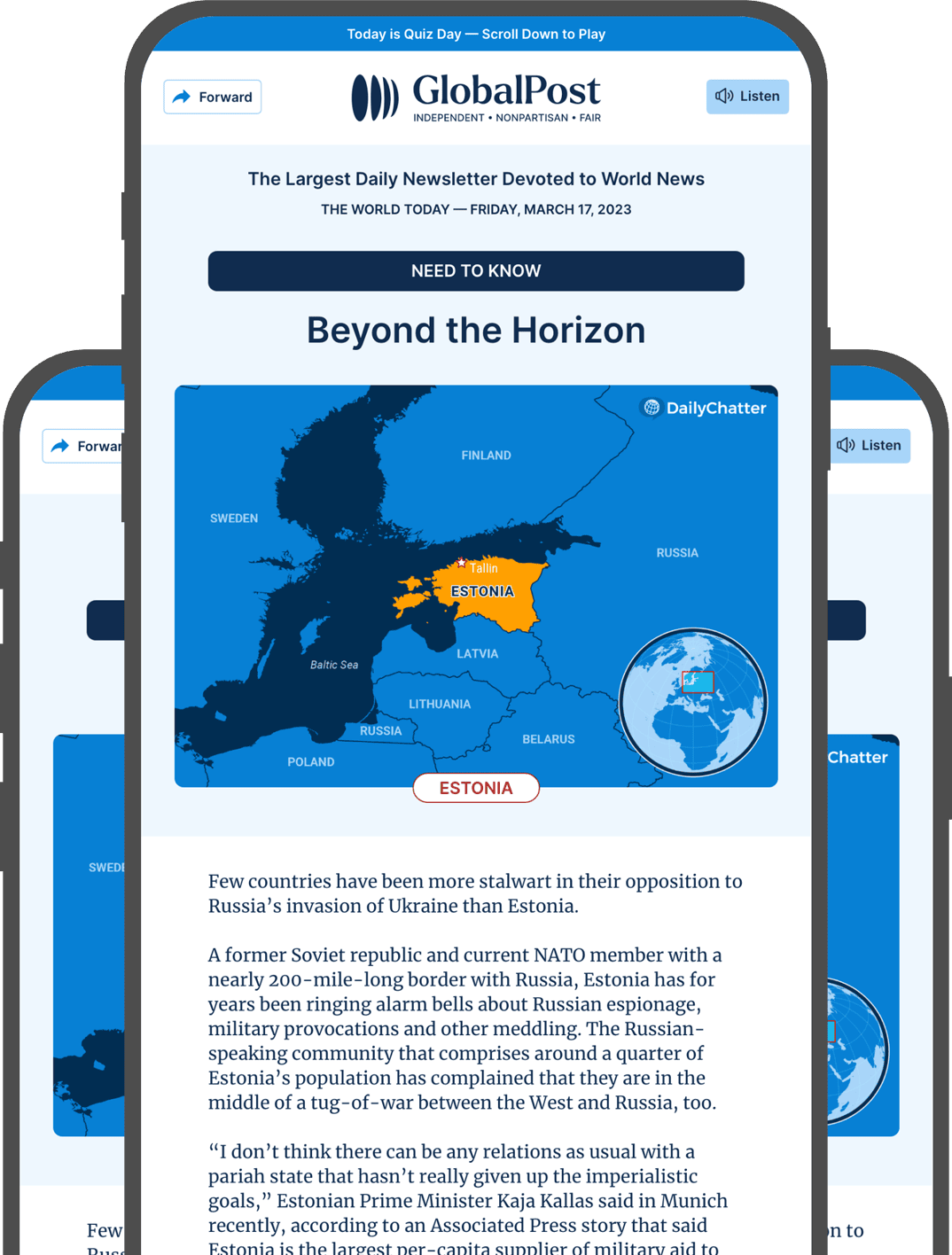A Water Story
The first cities of human history may not have risen simply from fertile soils, but from the restless push and pull of water.
At least, that’s the conclusion of a new study that reimagines how Sumer – considered the cradle of civilization – took shape in southern Mesopotamia, now modern-day Iraq, around 7,500 years ago.
Scholars had long thought the ancient civilization was powered mainly by rich farmland between the Tigris and Euphrates rivers. But a research team recently found evidence that tides and shifting sediments at the head of the Persian Gulf played a central role.
“Our results show that Sumer was literally and culturally built on the rhythms of water,” said Liviu Giosan, a lead author of the study, in a statement.
Between 7,000 and 5,000 years ago, the Persian Gulf stretched much farther inland than today, with tidal flows carrying freshwater deep into the lower Tigris and Euphrates twice daily, Cosmos Magazine noted.
The team said that early Sumerians likely harnessed this dependable rhythm using short canals to irrigate crops and date groves – an elegant solution that required no massive infrastructure.
But this watery advantage didn’t last because the rivers formed deltas at the head of the Gulf over time, cutting off the power of the tides.
This ecological shock forced ancient communities to reinvent themselves through ambitious irrigation and flood-control projects, according to researchers, helping to trigger Sumer’s so-called Golden Age around 2100 BCE.
“We often picture ancient landscapes as static,” said co-author Reed Goodman. “But the Mesopotamian delta was anything but. Its restless, shifting land demanded ingenuity and cooperation, sparking some of history’s first intensive farming and pioneering bold social experiments.”
The consequences were cultural as well as agricultural: Flood myths, water-centered deities, and the very ideologies of Sumer’s city-states may have been shaped by this shifting environment.
“Rapid environmental change fostered inequality, political consolidation, and the ideologies of the world’s first urban society,” said Holly Pittman, Director of the Pennsylvania Museum’s Lagash Archaeological Project, who was not involved in the study.
The authors noted that the findings offer both a window into the past and a mirror for today.
“Our work highlights both the opportunities and perils of social reinvention in the face of severe environmental crisis,” explained Giosan. “Beyond this modern lesson, it is always surprising to find real history hidden in myth.”
Subscribe today and GlobalPost will be in your inbox the next weekday morning
Join us today and pay only $46 for an annual subscription, or less than $4 a month for our unique insights into crucial developments on the world stage. It’s by far the best investment you can make to expand your knowledge of the world.
And you get a free two-week trial with no obligation to continue.
